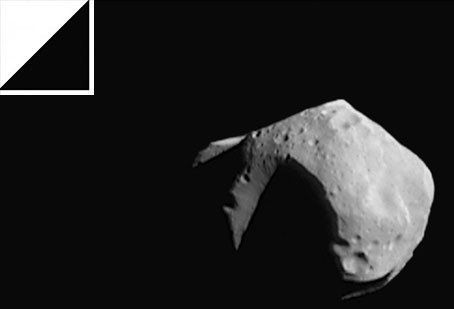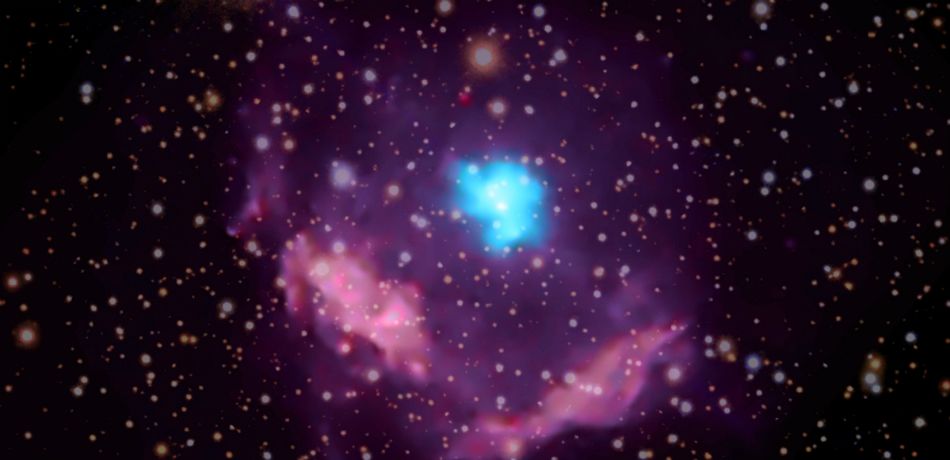This luxury car maker is ditching sideview mirrors.
Get the latest international news and world events from around the world.
Earth’s core is solid but slightly ‘squishier’ than first thought
Seismologists from from the Australia National University (ANU) have found the first conclusive proof that the Earth’s innermost core is solid after 80 years of searching.




Deafness could be reversed? Scientists discover how to regrow lost cells in the ear
Could deafness be reversed? Scientists re-grow damaged hair cells that have been killed off by age or noise inside the ear…
Researchers from the University of Rochester found that viruses, genetics and even existing drugs could cause little hairs to regrow in the inner ear. These hairs pick up on noises entering the ear.

Milky Way’s Youngest Pulsar Found 19,000 Light-Years From Earth
The pulsar is roughly 500-years-old and was spotted with the help of NASA’s Chandra X-Ray Observatory.
Astronomers have managed to locate the youngest pulsar in the Milky Way, NASA announced yesterday. Dubbed PSR J1846-0258, the pulsar was spotted inside one of our galaxy’s supernova remnants — found 19,000 light-years away from our planet, in the Aquila constellation (The Eagle).
This exciting discovery — first detailed in a study published earlier this year in The Astrophysical Journal — could shed more light into supernova explosions and the new beginnings that arise from the death of a stellar giant.

